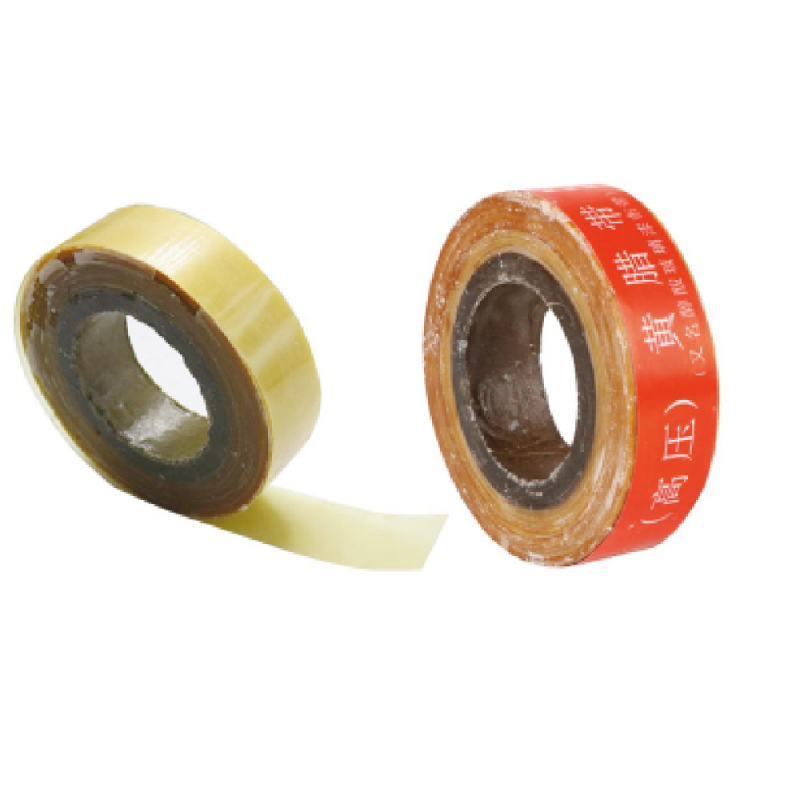The Essential Guide to Floor Tape A Versatile Tool for Various Applications
In today's fast-paced world, efficiency and organization are paramount, especially in industrial, commercial, and even home environments. One of the unsung heroes in achieving these goals is floor tape. Often overlooked, floor tape is a simple yet invaluable tool that can transform the way we manage spaces. This article will explore the benefits, applications, and best practices involving floor tape, making it an essential aspect of modern organization.
What is Floor Tape?
Floor tape is a highly durable adhesive tape designed for application on various floor surfaces. It comes in various materials, including vinyl, plastic, and cloth, and is available in an array of colors, sizes, and patterns, allowing it to cater to diverse needs. The tape is often used for marking, indicating pathways, or designating specific areas within a space, making it an essential tool for safety and productivity.
Benefits of Floor Tape
1. Safety First One of the primary uses of floor tape is to enhance safety in workplaces, schools, and public areas. By clearly marking walkways, hazard zones, and restricted areas, floor tape helps prevent accidents and ensures that people stay within designated paths. The high visibility of brightly colored tape also aids in drawing attention to potential hazards.
2. Organization and Efficiency In busy environments, disorganization can lead to inefficiency. Floor tape allows you to create clear demarcations for equipment placement, storage areas, and workstations. This organization not only streamlines workflows but also reduces the time spent searching for items, thus enhancing productivity.
3. Customizability With various colors, patterns, and widths available, floor tape can be customized to fit the specific needs of any environment. For instance, color-coding different areas can help employees quickly identify what tasks belong to which section. Custom logos or designs can also be printed on the tape, allowing businesses to incorporate branding into their layout.
4. Durability and Longevity High-quality floor tape is designed to withstand heavy foot traffic and the wear-and-tear associated with industrial environments. Many tapes are resistant to water, chemicals, and oils, ensuring that they maintain their performance and appearance over time.
5. Easy Application and Removal Unlike traditional paint, which can be time-consuming and messy, floor tape is easy to apply. Simply clean the surface, measure and cut the tape to the desired length, peel off the backing, and stick it down. Additionally, when it comes time to change the layout or remove the tape, it often leaves no residue or damage on the surface.
Common Applications of Floor Tape
floor tape

1. Warehouses and Factories In industrial settings, floor tape is commonly used to create visual guides for safe walking paths, forklift lanes, and loading zones. It plays a significant role in Lean manufacturing concepts, where organization is key.
2. Schools and Universities Floor tape is instrumental in managing pedestrian flow during events and directing students in corridors. It helps create a safer environment by clearly marking exits and entry points.
3. Retail Spaces In retail environments, floor tape can be used to create marketing displays, lead customers to specific areas, or denote queuing lines during sales events.
4. Events and Conventions At trade shows and large gatherings, floor tape helps in guiding attendees and marking sections, ensuring smooth navigation through crowded spaces.
Best Practices for Using Floor Tape
1. Surface Preparation Always ensure that the surface is clean and dry before applying the tape. Dust, dirt, and moisture can prevent the tape from adhering properly.
2. Choose the Right Type Select the appropriate tape based on your specific needs—consider factors such as the amount of foot traffic, exposure to chemicals, and whether the tape is permanent or temporary.
3. Regular Maintenance Periodically check the condition of the tape to ensure it is intact and replace any damaged sections promptly to maintain safety and organization.
4. Educate Staff Make sure that everyone involved understands the meaning behind the color codes and patterns used with the tape. This will ensure consistency and improve compliance.
In conclusion, floor tape is a practical solution for enhancing safety, organization, and efficiency in various environments. From industrial facilities to educational institutions, its versatility and ease of use make it an essential tool that can significantly improve how we navigate and utilize our spaces. Whether you're looking to increase productivity in a warehouse or enhance safety in a school, floor tape should be at the top of your list of organizational solutions.
-
XIANGFAN Rubber Tape-Ultimate Solutions for All Your Insulation NeedsNewsJun.24,2025
-
XIANGFAN Rubber Tape-Protection for Industrial and Residential ApplicationsNewsJun.24,2025
-
XIANGFAN Rubber Tape: Superior Safety and Sealing for Demanding EnvironmentsNewsJun.24,2025
-
XIANGFAN Rubber Tape: Reliable Solutions for Every Electrical ChallengeNewsJun.24,2025
-
XIANGFAN Electrical & Industrial Tape: Powering Reliability Across IndustriesNewsJun.24,2025
-
XIANGFAN Electrical & Industrial Tape: Excellence in Every ApplicationNewsJun.24,2025
